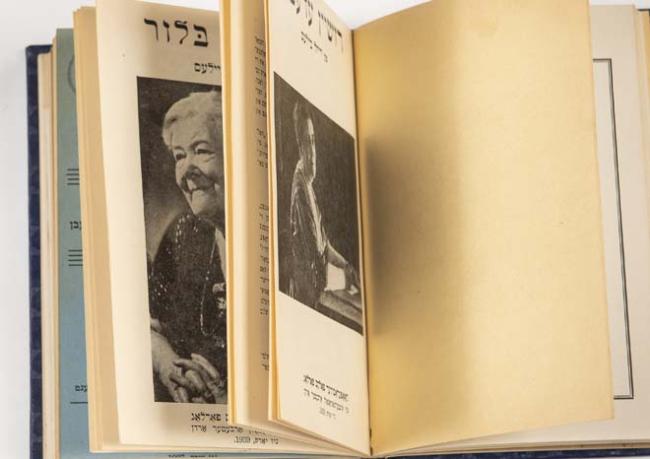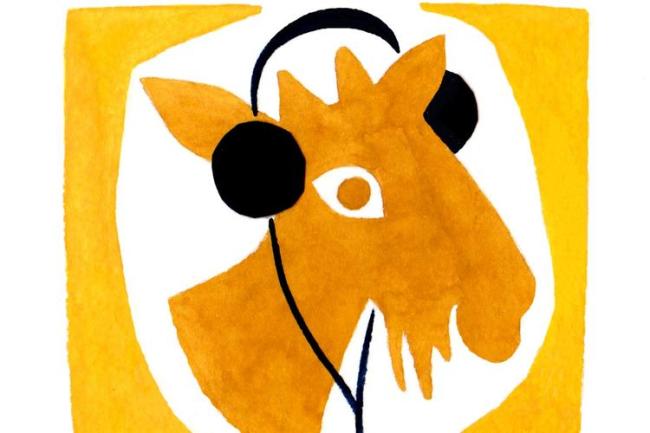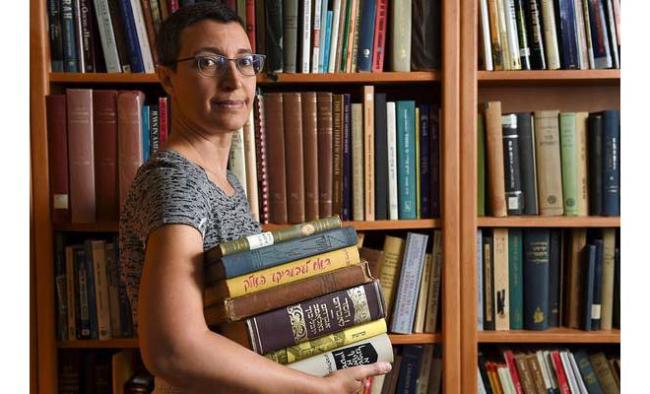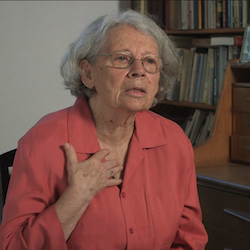Weekly Reader: Uncovering Hidden Gems
Almost by definition, Yiddish scholars, translators, and performers are on a mission to uncover hidden gems. Even before Saul Bellow sat down to translate Isaac Bashevis Singer’s “Gimpel the Fool” in 1953, champions of Yiddish have been on a mission to tell the world about the many treasures that Yiddish holds, locked up in a language only a few still speak. Many of the most obvious such finds were unearthed decades ago, but recent years have shown that the trove is still pretty full. Even those of us professionally involved with Yiddish often find ourselves surprised by the work of our colleagues, who never fail to introduce us to some writer or artist we had never heard of before.
This year the Yiddish Book Center dedicated its Decade of Discovery theme to “Women in Yiddish,” an attempt to celebrate the many overlooked women writers, artists, and activists who helped shape and create Yiddish culture. And like Yiddish culture generally, beyond the more familiar examples is a plethora of obscure treasures still to be discovered. Here are a few such items—and a spotlight on the people doing the discovering.
—Ezra Glinter
Inspirational Reading

Before this slim volume found its way to the Yiddish Book Center it was part of the large Yiddish library of the Jewish Consumptives' Relief Society in Denver, Colorado, a sanatorium for workers suffering from tuberculosis. Its readers were long-term patients who found themselves forced to retreat from the world to help them fight off an invisible enemy. Far away from loved ones, their lives in limbo, at a time of deepening world crisis, those readers wanted to read about the struggles of earlier generations. They sought particular inspiration from the lives of extraordinary women who fought to improve the world around them and secure fundamental rights—the right to vote, the right to basic health and safety provisions, and above all the right to lives of basic human dignity.
Read about Yiddish booklets about women
In the Stacks

Amanda (Miryem-Khaye) Seigel is a Yiddish singer, songwriter, actor, recording artist, and research librarian specializing in Yiddish language and culture at the New York Public Library. On this episode of The Shmooze podcast she tells us about how she came to Yiddish and about Yidforsh, the Yiddish Facebook group she launched to help promote research and scholarship on Yiddish topics and connect Yiddish researchers to resources and opportunities.
Listen to an interview with Amanda Seigel
Correcting the Record

Over the past ten years many misconceptions about Yiddish-speaking women have been overturned—particularly regarding women in the literary world. Whether in terms of how many women wrote, what they wrote, how they were viewed, or what their purpose may have been, our knowledge of women as writers and editors is sharply different now than it once was. In this program, librarian and translator Faith Jones discusses some of the interesting new developments and discoveries in the world of women and Yiddish.
Listen to a presentation by Faith Jones
Untaught History

In this oral history interview Irena Klepfisz, lesbian poet and writer, describes the complexities and methodologies of her search for Yiddish women writers, including the multiple levels of erasure across history and the influence of the Holocaust on the accessibility to the works. She ends by focusing on the preparation she was working on for an event marking the 120th anniversary for the Bund.
